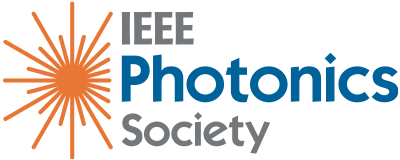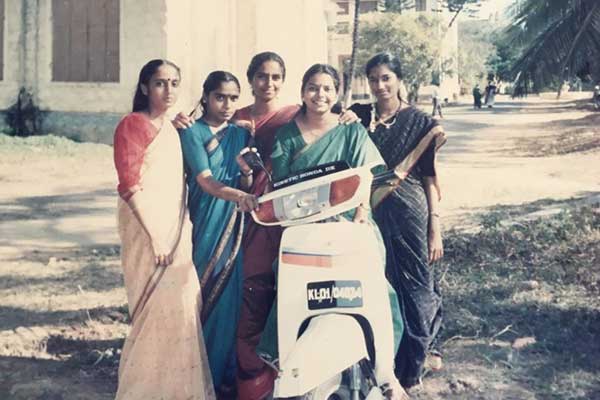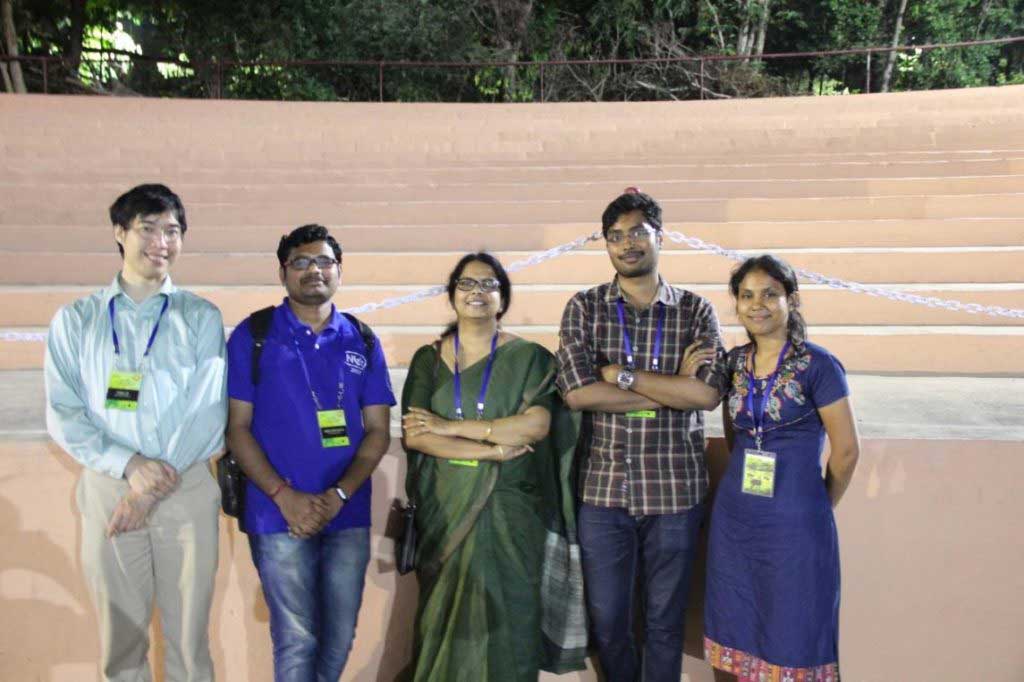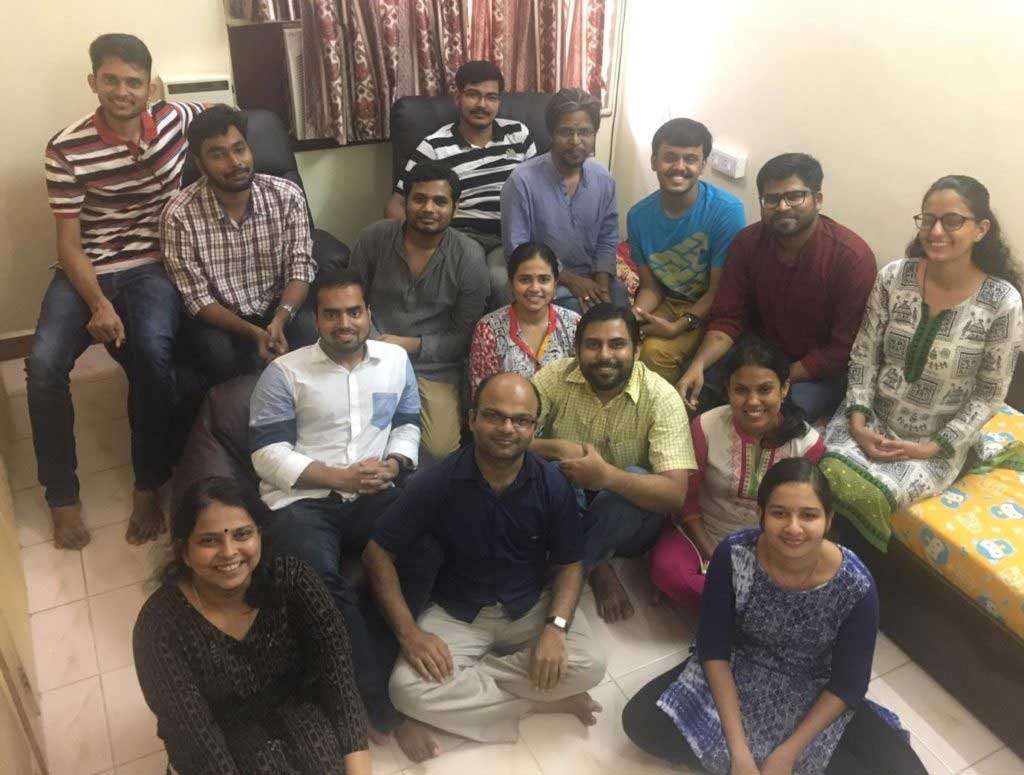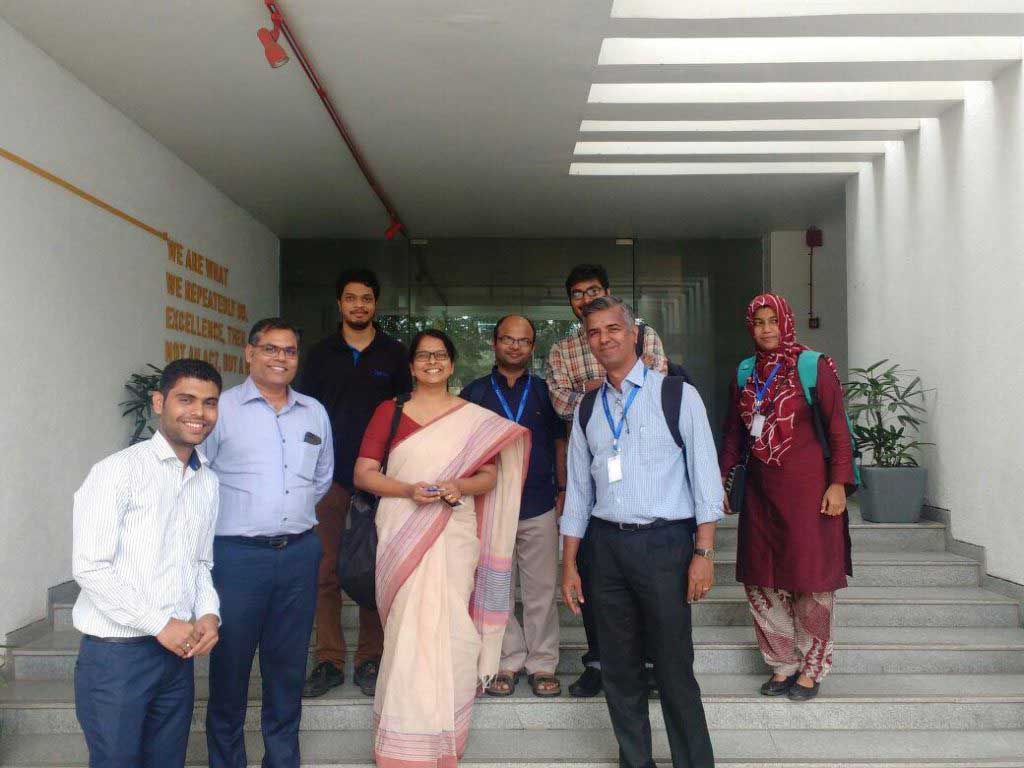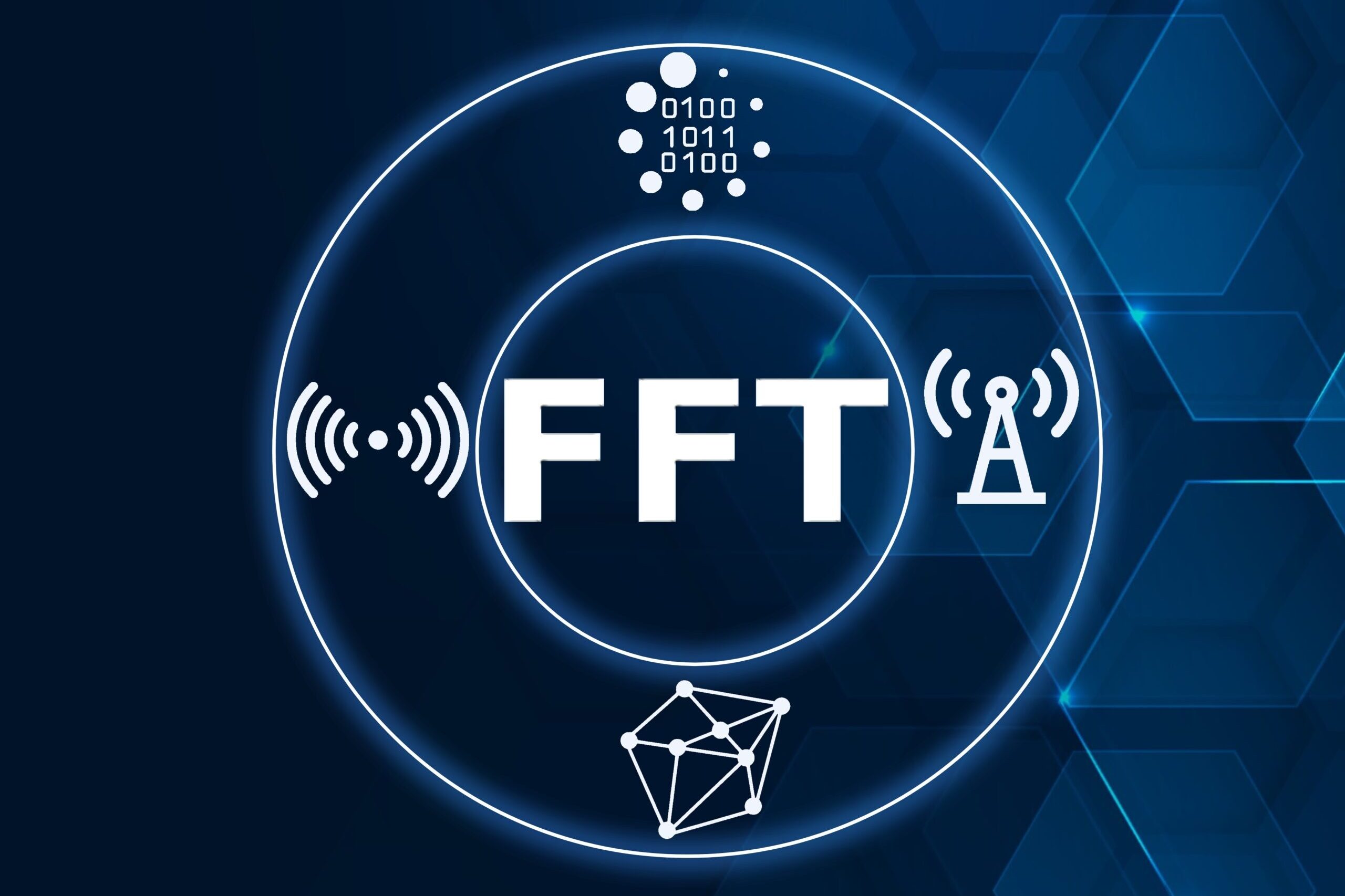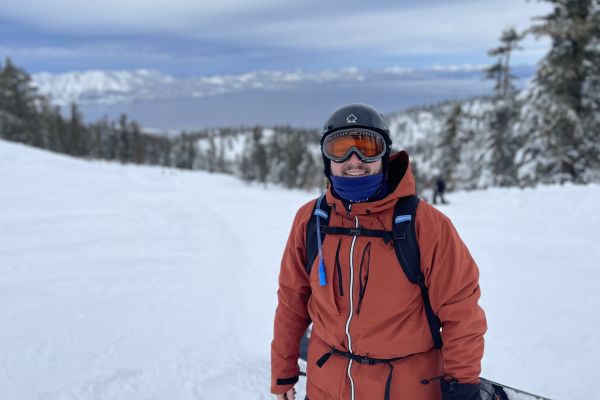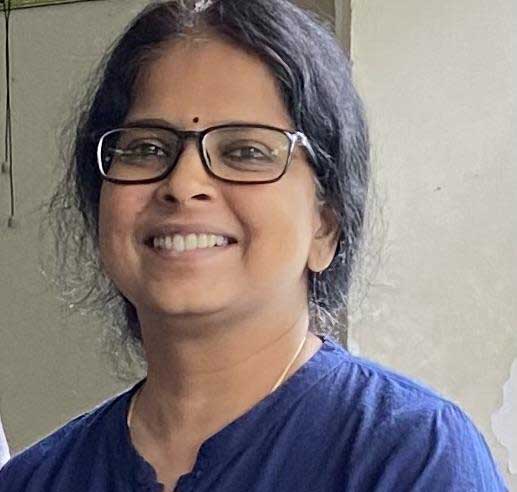
Deepa Venkitesh
Indian Institute of Technology (IIT) Madras
Associate Vice President of Women in Photonics, IEEE Photonics Society
What is your current professional job?
I work as a Professor in the Department of Electrical Engineering, Indian Institute of Technology Madras, Chennai, India.
What Role Does Your Volunteer Leadership Position Play for IEEE Photonics Society? What Challenges Do You Face?
It’s been almost a year since I took up the position of AVP of Women in Photonics. The IEEE Photonics Society believes in respecting and celebrating diversity. Women in Photonics, Pride in Photonics, Multicultural and Globalization efforts are some examples of the efforts of the Society towards this goal. Activities through these efforts help build the community and make the diverse voices heard.
One of the major challenges we face is that the participants in the events that we organize are not always diverse. For instance, we get a lot of women participants in a WiP event, but the number of men is relatively smaller. I take this opportunity to thank the men who are participating, but sometimes we end up feeling that we are preaching to the choir ! The challenge is to organically make the change happen, which requires some innovation.
What Do You Want to Accomplish as a Committee Chair This Year / Next Year?
We have some specific agenda to follow up. It is very well known that, irrespective of the geography, the percentage of women in STEM workforce is quite diminished compared to those who are STEM educated. Rather than lamenting about the statistics on leaky pipelines, we plan to take up some affirmative actions.
On the top of our list is the Reignite: Back to Career (BTC) Initiative. This is a targeted initiative to strategically reach and better support women and gender minorities who are returning or transitioning to photonics and optics fields. It will include mentorship pairings, soft-skills trainings, grants to support individualized project goals and onboard learning.
- The BTC initiative seeks to: (a) Proactively identify women and gender minorities who wish to transition back into the photonics and optics community, i.e. both within academia and industry, after a prolonged break. This will be done through concentrated outreach efforts, such as assessing retention information, supporting localized chapter recruitment activities to better understand global circumstances/needs, addressing university teaching faculty (those who are not involved in research), and through working closely with diversity partners; (b) Expose participants to new career possibilities and provide mentoring services through a mentor/mentee match, in-person at conferences and online; (c) Offer seed grants for continuing education trainings, financial hardships during transitions, onboarding support, individualized project goals, etc.; (d) Sensitize senior professionals and employers towards understanding and accepting professionals returning to the workplace often with gaps in a resume. Constructive trainings and interpersonal sessions for hiring management will be offered.
The next agenda is to work towards projecting more Women Role Models. We plan to do this through monthly events where we invite successful women scientists/engineers from academia/industry to share their journey stories. The first one in the series, by Prof Leslie Rusch was very well received, and we are eagerly looking to listen to Prof Enakshi Bhattacharya for the second talk in February.
We also plan to collaborate with the STEM team and the Young Professionals team to jumpstart on “Introduce a Girl to Photonics”, which plans to expose the joy of science/optics to kids at an impressionable age.
Yes, so we do look forward to an eventful 2022.
Why Photonics? What was Your “Photonics Moment?”
Looking back, I really do not think I can single out a moment or an event where I felt that Photonics is what I want to do. I think it happened more organically. All that I can recall is that even from high school days, optics is what made the most sense to me, since one could “see” the principles that were being taught and hence it was not an effort to understand. I would like to acknowledge my Physics teacher at high school who made a lasting impact on my outlook on the subject. I am eternally indebted to him!
What About Our Society’s Mission and Work that Motivates You?
I have been amazed to see the level of commitment shown by some other volunteers! I think that is the key driver that motivates me.
I also think, coming from India where there are a large number of Universities and colleges teaching Optics/Photonics in the post graduate level, there is a huge opportunity to expose the gamut of opportunities that the IEEE Photonics Society can offer.
Why Do You Think Members Should Be Involved as Society Volunteers? What Are the Benefits?
Volunteering in the various activities of the society helps the members create their own networks- which I think is extremely important in R&D. Interacting with people of different backgrounds opens up different perspectives, and widens the horizon of thinking. It also gives an opportunity to showcase their creativity, act on issues and causes that are closer to their hearts. The intangible outcomes of volunteering are priceless.
Tell Us Something Fun About Yourself!!!!
After my high-school, I got an offer for admission from a local Engineering college. High school toppers would typically join either an engineering or medical school at that time. I must also admit that I was not informed enough at that time, to understand what one learns in Electrical Engineering! Blinded by my love of Physics, and also thrilled with the prospect of breaking the stereotypes (and to the great disappointment of my father), I chose to do Physics in my undergraduate and Master’s program…. and then I realized that I am actually interested in applications of Physics – and here I am, affiliated to an Engineering Department and enjoying this better than anything else!
